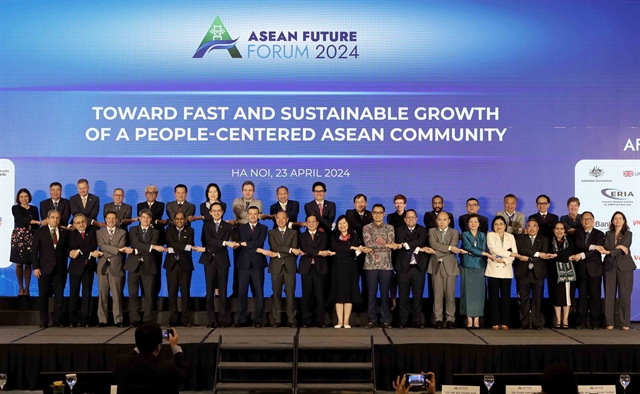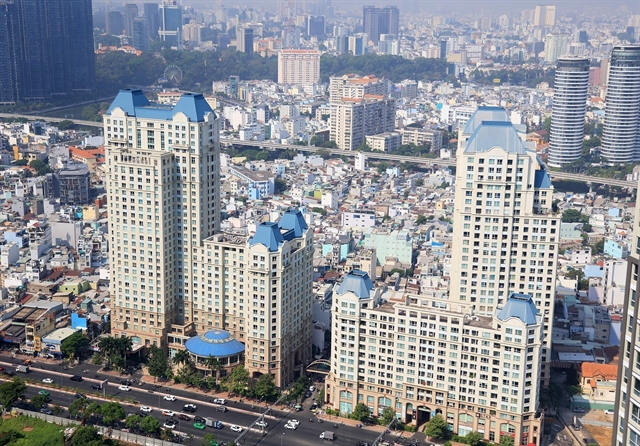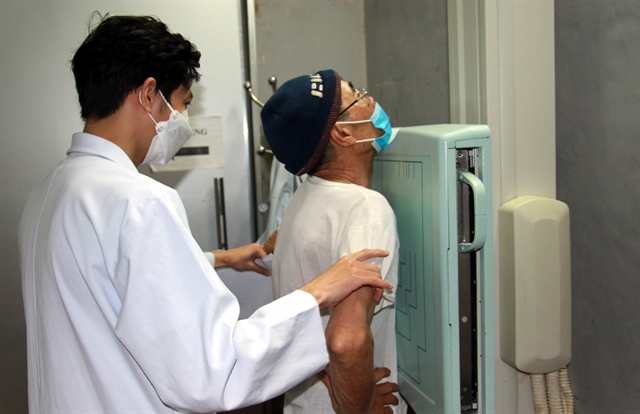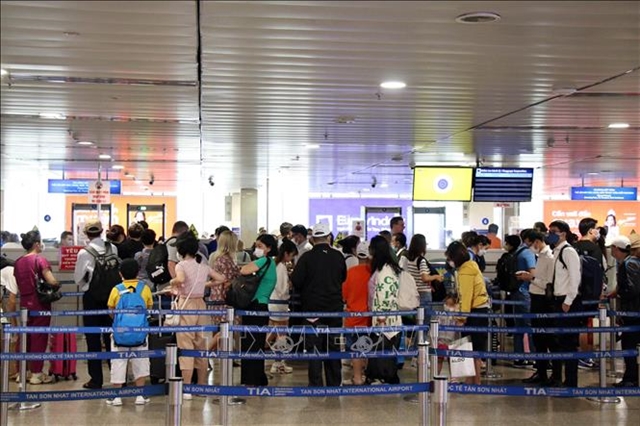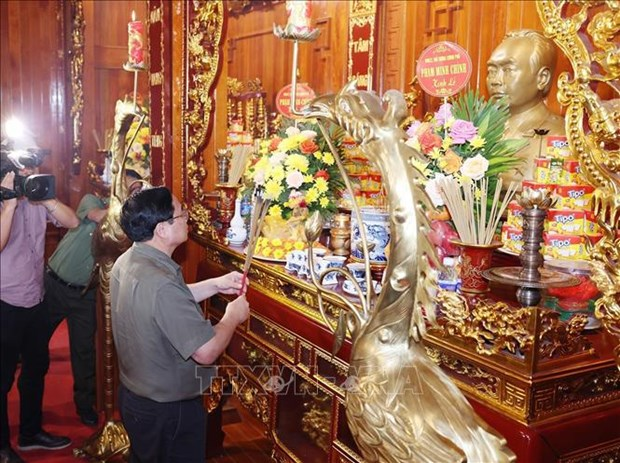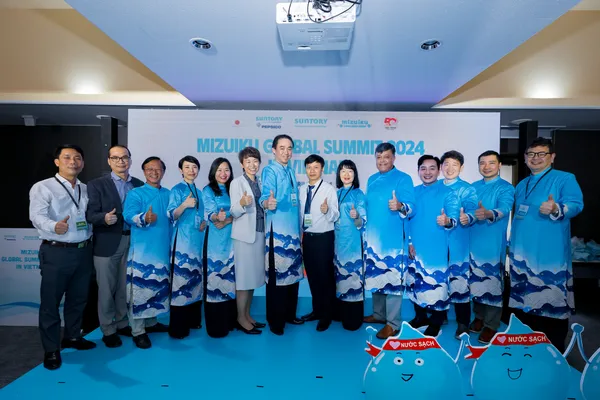 Environment
Environment
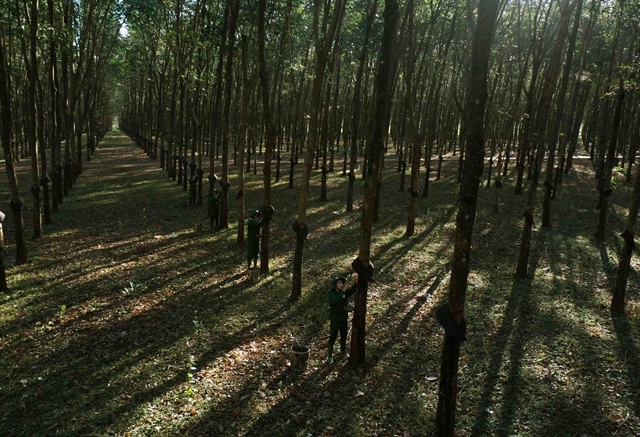
The amount of solid waste in Việt Nam has kept surging with more complicated components as a result of increasing population and human activities while treating the waste and reducing its harmful impacts on the environment still pose challenges to local authorities.
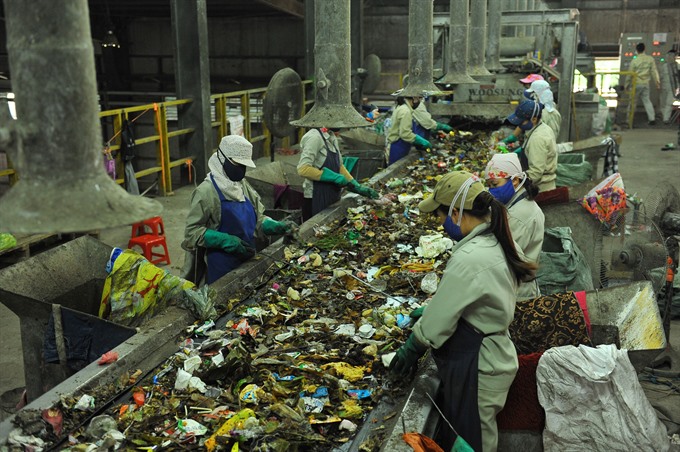 |
| A solid waste treatment factory in Tam Điệp City, northern Ninh Bình Province. Treating solid waste and reducing its harmful impacts on the environment pose challenges to local authorities nationwide. — VNA/VNS Photo Minh Đức |
HÀ NỘI — The amount of solid waste in Việt Nam has kept surging with more complicated components as a result of increasing population and human activities, according to a report released.
But treating the waste and reducing its harmful impacts on the environment still poses challenges to local authorities.
A General Statistics Office of Việt Nam report on solid waste collection and treatment revealed nearly 20 per cent of solid waste in the country was not treated properly following national standards.
In 2017, as many as 37,800 tonnes of solid waste were collected. About 31,600 tonnes were treated after collection. That means more than 6,000 tonnes of waste were left untreated, not to mention large quantity of solid waste being discharged every day without collection and treatment.
The Việt Nam Environment Administration (VEA) classifies solid waste into different categories depending on purposes of human activities including domestic waste, urban waste, agricultural waste, industrial waste and medical waste.
Solid waste can also be classified depending on the source, chemical components or waste recycling and treatment technologies.
According to a study conducted by VEA’s environment monitoring centre in the northern region, the amount of solid waste discharged by urban areas has increased by 10 to 16 per cent on average each year.
The more urbanised and industrialised the cities are, the more solid waste is released, the report added.
The total solid waste amount released in Hà Nội, HCM City, Đà Nẵng, Hải Phòng in 2016 accounted for 45.24 per cent of the total waste discharged by all big cities nationwide.
In rural areas, especially in the mountainous region, as part of community habit, locals are used to dumping domestic waste into gardens, ponds, lakes and canals.
Solid waste discharged by industrial zones poses higher risks to the environment because the industrial waste contains high amount of toxic chemicals.
According to VSA, about 25 million tonnes of industrial waste is released each year.
The majority of industrial clusters have failed to complete their concentrated waste treatment systems.
Nguyễn Đức Quyền from School of Heat Engineering and Refrigeration said treating solid waste remains challenging, especially treating cinder and ash released by thermal power plants.
In the recent years, cinder and ash have been recycled as construction materials, however, most of this is still disposed at the landfill.
Among 12.2 million tonnes of cinder and ash released by 23 thermal power plants in operation nationwide, only four million tonnes were treated in 2017.
Việt Nam is standing high risk of having no space to store cinder and ash when the country targets to raise the number of thermal power plants to 46 by 2030, according to Industrial Safety Techniques and Environment Agency under Ministry of Industrial and Trade.
The Ministry of Construction adopted five technologies of solid waste treatment including bio-drying, mechanical-biological treatment and burning.
However, according to Quyền, the technologies were developed by individuals in Việt Nam and transferred to partners. When being operated, the technologies have showed their weaknesses.
VEA deputy head Hoàng Văn Thức said Việt Nam needs to continue studying solid waste treatment technologies which are relevant with Việt Nam’s practical conditions to minimise the amount of waste being buried. Landfills that cause pollution need to be removed.
“We need to call for investment from the private sector in collecting, transporting, recycling and treating solid waste so that expenditure on these works no longer rely too much on State budget.
“We are looking to require manufacturing and business facilities that release solid waste to pay for the fees of waste collection, transportation and treatment. Households must also pay for all the fees of waste collection, transportation and part of treatment fee,” he said. — VNS

